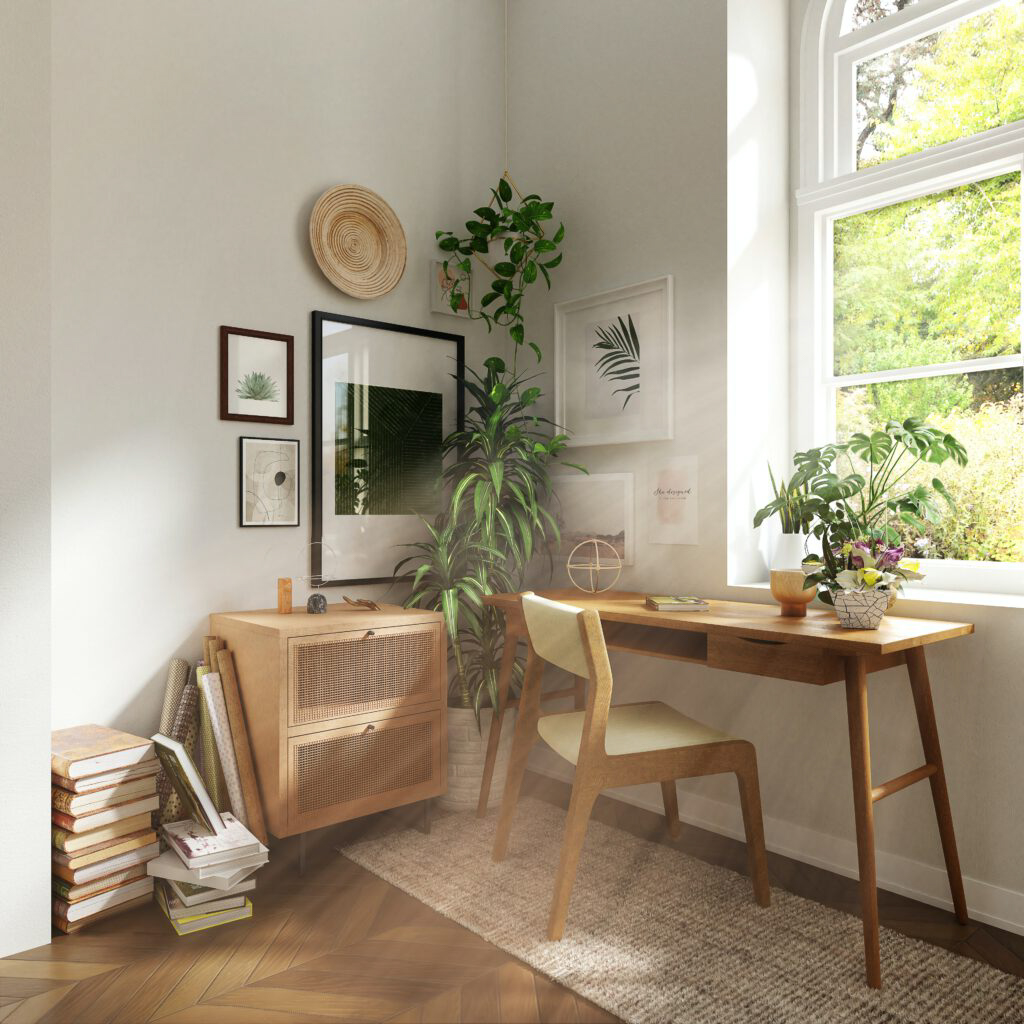Wall lights are a popular way to light up your home or office. They come in a range of designs and styles, making it easy to find an option that complements your existing decor.
In this comprehensive guide, we’ll cover everything you need to know about wall lights, from the different types available to installation tips and best practices for picking the right fixtures for your space.
Types of Wall Lights
1. Sconces
Sconces are the most common type of wall light. They are typically mounted on the wall with a single arm that extends from a backplate. Sconces come in a range of shapes and sizes, and they can be used to provide ambient or accent lighting.
When selecting sconces, consider the style and size of the fixture, the type of bulb it takes, and whether it will be used for ambient or accent lighting.
2. Picture Lights
Picture lights are designed to illuminate artwork on the wall. They typically have an adjustable arm and a small shade that directs light onto the artwork. Picture lights can be battery-operated or hardwired into your electrical system.
When selecting picture lights, consider the size and weight of your artwork, as well as the amount of light you need to properly illuminate it.
3. Wall Washers
Wall washers are designed to provide uniform, diffuse light across the wall. They are typically mounted high on the wall and point downward, creating a soft glow. Wall washers can be used to create a relaxing ambiance in a room.
When selecting wall washers, consider the size of the fixture, the amount of light it produces, and the room’s overall lighting needs.
Installation Tips
1. Height Matters
When installing wall lights, consider the height of the fixture. Sconces should be mounted between 66-78 inches from the floor, while picture lights should be installed so that the center of the light is 12-18 inches above the artwork.
2. Spacing is Important
When installing multiple wall lights, consider the spacing between the fixtures. Sconces should be spaced 6-8 feet apart, while picture lights should be spaced so that the center of the light is roughly 30 inches from neighboring artwork.
3. Avoid Shadows
To avoid shadows, consider the placement of your wall lights. If you are using wall lights to provide task lighting, install the fixtures so that the light shines directly onto the task area.
Choosing the Right Wall Lights
1. Consider the Room’s Purpose
When selecting wall lights, consider the purpose of the room. For example, in a bedroom, you may want sconces that provide ambient lighting and a dimmer switch for reading in bed.
2. Match the Style
When selecting wall lights, match the style of the fixtures to the room’s decor. For example, if you have a modern style living room, look for wall lights with minimalist designs.
3. Consider Energy Efficiency
When selecting wall lights, consider energy efficiency. Look for LED or CFL bulbs, which use less energy than incandescent bulbs.
Wall lights are a versatile and stylish way to light up your home or office. When selecting wall lights, consider the different types available, installation tips, and best practices for picking the right fixtures for your space. With the right wall lights, you can create a warm and inviting atmosphere that is both functional and stylish.
